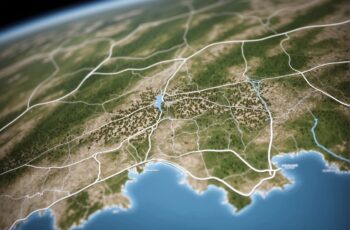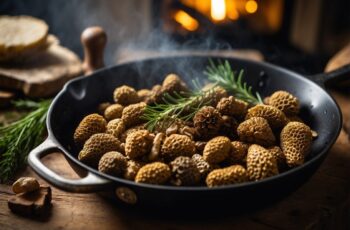Mushroom hunting is an enjoyable outdoor activity that combines the thrill of the hunt with the delight of discovering edible treasures. As springtime unfolds, the search for morel mushrooms draws both seasoned foragers and novices to the woods. Success in this pursuit not only depends on a keen eye and knowledge of fungi but also on having the right tools at your disposal. To enhance your hunting experience and increase your chances of a bountiful harvest, it’s essential to be well-equipped.
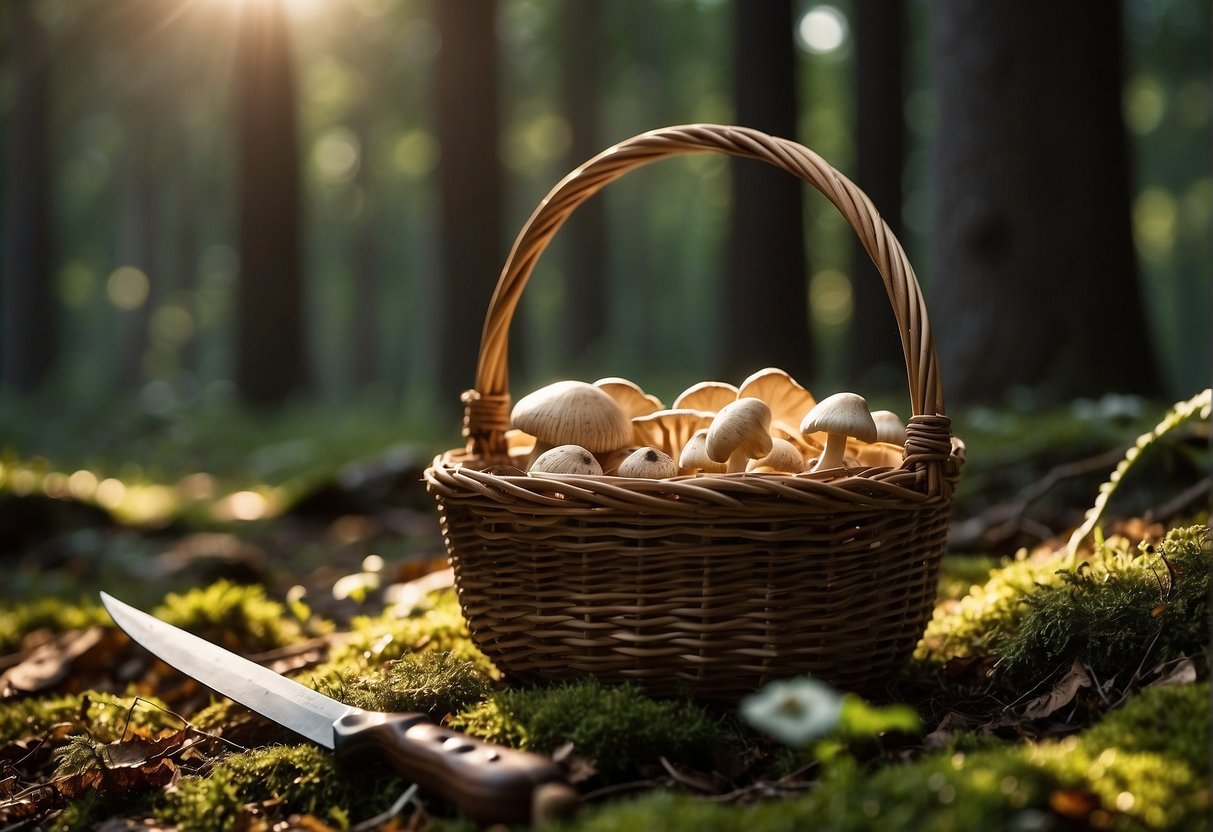
The basic gear for morel mushroom hunting is simple but vital. A sturdy, sharp knife plays a dual role—helping you to gently cut the stem without damaging the mushroom or its surrounding mycelium, which is crucial for future growth. Equally important is a basket or mesh bag, which allows spores to disperse as you carry your finds, supporting the propagation of more morels for seasons to come.
As you venture into the world of foraging, remember that your dexterity and decision-making are as important as your tools. Differentiating between true morels and their toxic lookalikes is crucial, so arm yourself with a reliable field guide or an app that can assist you in identifying various species. With preparation, the proper tools, and a responsible approach, your mushroom hunting excursions can be fruitful and thoroughly enjoyable.
Essential Tools for Mushroom Hunting
Equipping yourself with the right tools is critical to ensure a successful and enjoyable mushroom hunting experience. Each piece of gear serves a specific purpose, from safely harvesting fungi to navigating the terrain.
Choosing the Right Basket or Mesh Bag
Selecting a suitable container like a basket or mesh bag for your foraged mushrooms can greatly impact the health of future mushroom crops. A basket allows for proper ventilation, which is vital as it lets your mushrooms breathe, reducing the risk of spoilage. On the other hand, a mesh bag is praised for being lightweight and allowing spores to disperse as you walk, promoting growth of new mushrooms.
Importance of a Reliable Knife
To harvest mushrooms without damaging the specimen or its mycelium, you need a sharp and reliable knife. A specialized mushroom foraging knife not only cuts cleanly but often comes with a brush end to remove dirt from the mushrooms. This helps in preserving the quality of your finds and the environment where they thrive.
Navigational Aids: Maps and Compass
Do not underestimate the importance of having navigational aids such as maps and a compass. The wilderness can be disorienting, and maps will help you identify known mushroom hotspots, while a compass ensures that you can find your way back to your starting point. This navigational gear is your safety net, and being proficient in its use is as essential as the hunt itself.
Identifying Prime Mushroom Habitats
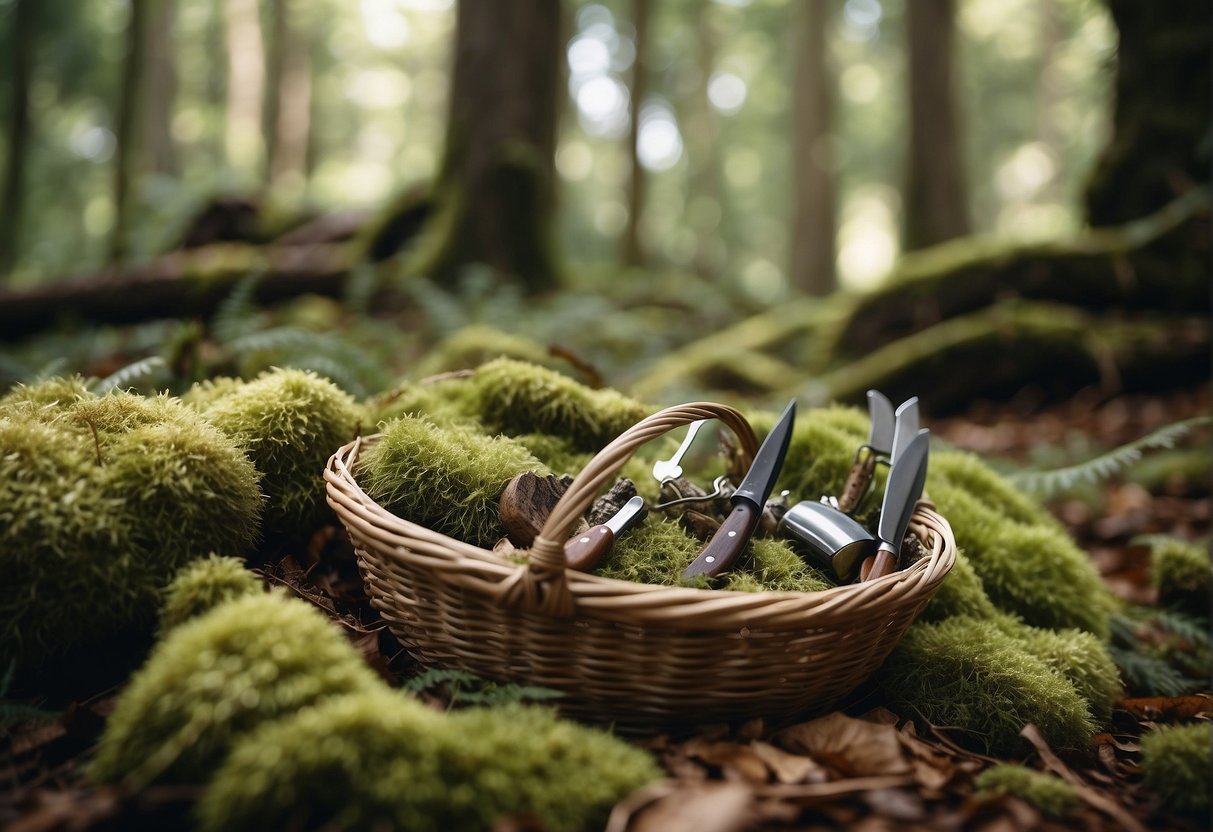
Finding the ideal habitat is crucial for successful mushroom hunting. Recognize that specific trees and temperature conditions significantly influence where mushrooms like morels will thrive. Let’s break down the essentials.
Understanding Soil and Air Temperature
Soil Temperature: Begin your search when the soil temperature consistently reaches between 50-55 degrees Fahrenheit. Morel mushrooms, for example, emerge after winter when the soil warms up. Use a soil thermometer to check the temperature at a depth of 2-4 inches.
Air Temperature: Mushroom spores are influenced by air temperature as well; for most species, including morels, prime conditions occur when daytime temperatures are between 60 and 70 degrees Fahrenheit and night temperatures don’t dip below 40 degrees.
Tree Identification and Mushroom Growth
Wooded Areas: Pay attention to tree types, as certain mushrooms have affinities for particular trees. Morel mushrooms often associate with elm, ash, poplar, and sycamore trees.
- Elm and Ash Trees: Look for elms that are dying or have recently died; morels find these conditions favorable.
- Poplar and Sycamore: These trees create a symbiotic relationship with mushroom mycelium, offering a good chance of finding fruiting mushrooms nearby.
Tree ID Tips:
- Elm: Has a vase shape with bark that interlaces in a criss-cross pattern.
- Ash: Features a diamond-shaped ridging on the bark and compound leaves.
- Poplar: Identify them by their tall stature and rounded, heart-shaped leaves.
- Sycamore: Look for peeling bark and broad, maple-like leaves.
Terrain Cues: South-facing slopes warm up faster, encouraging mushroom growth. Investigate areas around fallen trees, which offer mushrooms like morels a microhabitat bolstered by an underground network of nutrients.
Always be respectful of nature and its delicate ecosystems while you enjoy your foraging adventure.
Safety and Ethical Considerations
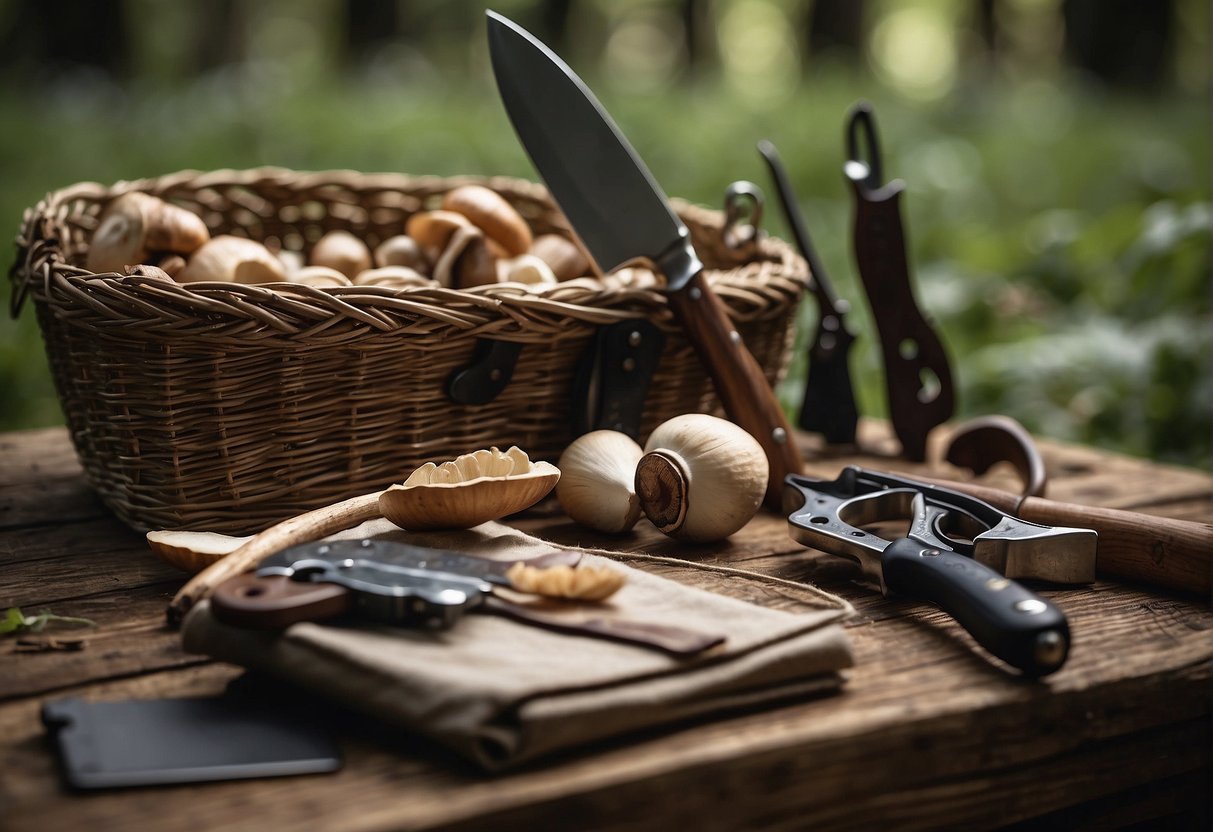
When heading out for mushroom hunting, your well-being and adherence to local rules are paramount. Always equip yourself with a first aid kit and familiarize yourself with the mushrooms to avoid any harmful species.
Preventing Poisonous Mushroom Ingestion
The countryside may offer a bounty of mushrooms, but safety is crucial. You should never consume a mushroom unless you are 100% certain of its identity. Poisonous mushrooms can look very similar to edible varieties, making proper identification vital. Always carry a comprehensive field guide or use a smartphone app that specializes in mushroom species. Consider packing an insect repellent too, as insects can be a nuisance and potentially hazardous. Additionally, be prepared for weather changes; carry waterproof gear to handle unexpected rain and keep yourself and your finds dry.
Respect for Private Land and Public Regulations
As a mushroom hunter, it’s your responsibility to know whether you’re on private land or public lands. Trespassing is not only illegal but can damage relationships with landowners. Always obtain permission before foraging on private property. Similarly, public lands have regulations designed to preserve natural habitats and ensure sustainable harvesting. Abide by these guidelines and practice ethical foraging, leaving enough mushrooms behind to maintain a healthy ecosystem.

